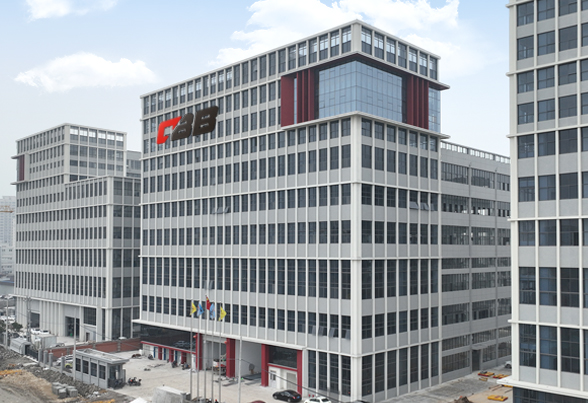Introduction
The Manual Tension Controller is an essential device in various industries where maintaining consistent tension during material handling is crucial. It ensures that materials are wound and unwound with the appropriate tension, significantly impacting the quality of the product. This device effectively converts AC220V to a stable DC24V, enabling precise adjustments to the output current.
Summary
This controller addresses winding control challenges by regulating tension through a magnetic powder brake or clutch. Its design allows for reliable performance across diverse applications, making it a valuable tool in manufacturing processes. With features that accommodate environmental factors and specific voltage requirements, the Manual Tension Controller is optimized for operational efficiency and product quality.
Application
The Manual Tension Controller finds application across multiple sectors, particularly in industries that deal with materials requiring tension management. Key environmental specifications include:
Temperature Range: Operates effectively between -25°C and +55°C.
Humidity Levels: Functions with relative humidity not exceeding 85% at 20°C ± 5°C.
Operational Environment: Ideal for use in locations free from significant shock and vibration.
Voltage Specifications: Designed for input of AC 220V, producing a reliable output of DC 24V.
These specifications ensure that the Manual Tension Controller can be employed in various settings, adapting to the specific needs of different processes.
Feeding Process
The feeding mechanism of the Manual Tension Controller is straightforward yet efficient. The process begins with the torque motor generating output torque. This torque is connected to the magnetic powder brake, which in turn connects with the feeding shaft, allowing for material feeding.
The Electric Torque-Motor Controller regulates the torque motor, ensuring that the output is consistent. Simultaneously, the tension controller manages the magnetic powder brake. This coordinated approach results in:
Uniform Material Feed: Ensures that materials are fed steadily, preventing disruptions in the production process.
Proper Speed Control: Maintains appropriate speed, which is vital for achieving the desired tension and quality.
This efficient feeding process significantly enhances overall production reliability and effectiveness.
Rewinding Process
In the rewinding phase, the functionality of the Manual Tension Controller continues to play a critical role. The torque motor again outputs torque, this time connecting to the magnetic powder clutch, which links with the rewinding shaft for collecting material.
Here, the Electric Torque-Motor Controller still governs the torque motor, while the tension controller oversees the magnetic powder clutch. This arrangement ensures:
Uniform Material Rewind: Provides a consistent winding process, essential for maintaining material integrity.
Proper Speed and Roll Tightness: Ensures that the rewound material is collected tightly and uniformly, reducing the risk of defects.
The combination of these processes underscores the Manual Tension Controller’s ability to enhance production efficiency and product quality.
Conclusion
The Manual Tension Controller is an indispensable tool for industries that face winding control challenges. Its ability to convert AC power into a stable DC supply and adjust output currents for magnetic components ensures that material tension remains consistent. With its robust design accommodating various environmental conditions and its effective feeding and rewinding mechanisms, this controller optimizes production processes. By implementing the Manual Tension Controller, manufacturers can achieve superior product quality and operational efficiency, making it a vital asset in modern production lines.
The integration of this device into workflows addresses fundamental issues related to material tension, ensuring a smoother, more controlled operation.

 English
English Español
Español हिंदी
हिंदी











